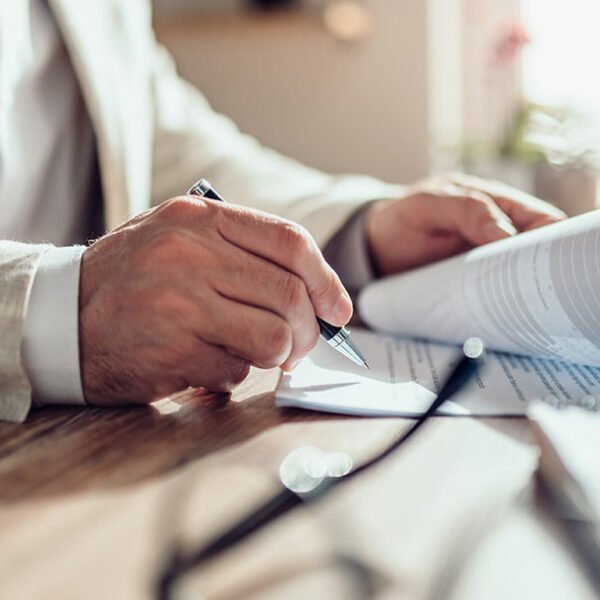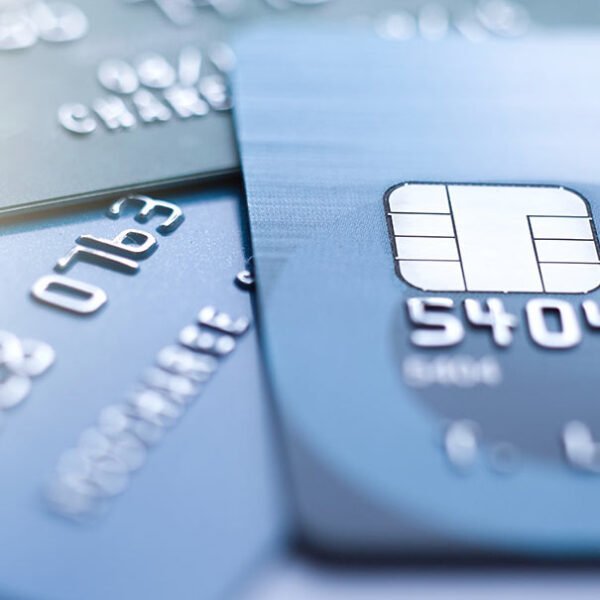The Power of Compounding: Key to Wealth Creation
Have you ever wondered how some investors manage to grow their wealth exponentially over time? The answer lies in the power of compounding—a simple yet highly effective wealth-building strategy. Compounding allows your investments to generate earnings, which are then reinvested to generate even more earnings. This cycle continues, accelerating your wealth creation over time. Albert Einstein is often credited with calling compounding the “eighth wonder of the world,” and for a good reason!
How Compounding Works
Compounding is the process where the interest or returns earned on an investment are reinvested, allowing you to earn even more in the future. This creates a snowball effect, where your money grows at an increasing rate over time. The longer you stay invested, the more powerful compounding becomes.
Let’s say you invest ₹1 lakh at an annual return of 10%. Here’s how compounding works:
- Year 1: ₹1,00,000 grows to ₹1,10,000
- Year 2: ₹1,10,000 grows to ₹1,21,000
- Year 3: ₹1,21,000 grows to ₹1,33,100
- Year 10: ₹2,59,374
- Year 20: ₹6,72,750
- Year 30: ₹17,44,940
Notice how the growth accelerates in later years? That’s the magic of compounding!
Importance of Starting Early
The earlier you start investing, the greater your wealth accumulation will be. Even small investments made early can significantly outperform larger investments made later in life due to compounding.
For example, if Amit invests ₹5,000 per month starting at age 25 and stops at 35 (total ₹6 lakh), and Ravi starts at 35 and continues till 60 (total ₹15 lakh), Amit’s investment grows to ₹3.3 crore, while Ravi’s reaches ₹2.9 crore. Despite investing less, Amit ends up with more wealth due to an early start.
Maximizing Compounding Benefits
To make the most of compounding:
- Start early and invest consistently.
- Reinvest your earnings instead of withdrawing them.
- Stay patient and think long-term to allow exponential growth.
- Choose high-growth investment options like mutual funds, stocks, and PPF.
Avoiding Common Mistakes
- Delaying investments reduces the impact of compounding.
- Withdrawing returns too soon interrupts growth.
- Ignoring diversification can lead to unnecessary risks.
- Investing in low-yield options limits potential gains.
Conclusion
The power of compounding is a proven path to financial success. By investing early, reinvesting your earnings, and staying committed for the long term, you can build significant wealth over time. The sooner you start, the bigger the benefits—so take action today!










